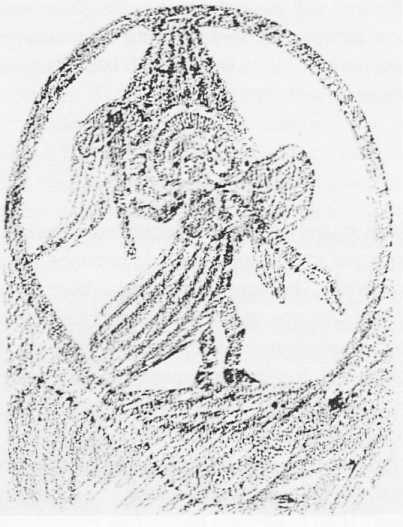Much work has been undertaken in recent years to ease maintenance and at the same time to enhance the appearance of the churchyard. The young lime trees bordering the pathway from the lychgate are grown sufficiently to stand pleaching to avoid their growing over the path. The daffodils, snowdrops and bluebells and the “black” geraniums still flourish and offer challenges to the water colourist striving to outdo the digital camera in rendering the perfect setting for the church itself. After a snowfall, the winter light and the absence of leaves on the trees provides a special pleasure, becoming however, much less frequent than in winters only a few years back.
 Making a plan of the churchyard and its graves has gone about as far as it can: inevitably there are unmarked graves which remain unidentified but the ground clearance and levelling made easier both the making of a plan and the safety survey of upright gravestones and other memorials. Some flat stones have been newly recovered, among them one with a fine representation of the Last Trump (image) – now totally effaced by the weather. Perhaps we should contemplate a systematic record of the designs still recognisable on the old gravestones before they finally disappear. Those dating from the 18th century or earlier have designs and decorations which fell out of favour early in the 19th century; they are not only of interest to the artist and historian but, of course, have suffered longest from exposure. Perhaps a project for a university department is indicated. After all, there seems to be money for far more esoteric research.
Making a plan of the churchyard and its graves has gone about as far as it can: inevitably there are unmarked graves which remain unidentified but the ground clearance and levelling made easier both the making of a plan and the safety survey of upright gravestones and other memorials. Some flat stones have been newly recovered, among them one with a fine representation of the Last Trump (image) – now totally effaced by the weather. Perhaps we should contemplate a systematic record of the designs still recognisable on the old gravestones before they finally disappear. Those dating from the 18th century or earlier have designs and decorations which fell out of favour early in the 19th century; they are not only of interest to the artist and historian but, of course, have suffered longest from exposure. Perhaps a project for a university department is indicated. After all, there seems to be money for far more esoteric research.
Burials take place far more frequently now on the north side of the church (reclaiming the ground from the Devil) while ashes are usually interred in the dedicated plot by the preaching cross. The churchyard of the Old Church is one of the peaceful places to which Penallt families and visitors alike can come and, if they choose, reflect on their place in the seemingly endless sequence of birth, life and death. From time to time, a rainbow can be seen over the Wye, a reminder of the promise under-pinning these mysteries.
But we cannot avoid recording a comparatively new interest locally in what grows in Penallt’s graveyard. There was felt to be a latent danger emerging that this interest would sit uneasily with those who, like their forebears, regarded churchyards as special places meriting special treatment. In particular, it was feared that enthusiasms, painfully reflecting politically correct fashion, would so confuse the situation as to relegate the churchyard to the status of “conserved” ground. There was a Churchyard Conservation Group, grown out of an “outreach programme” working with a “meadows charity” and the Gwent Wildlife Trust to “develop a programme” to “conserve churchyards.” A “long-term plan” was promised. How folk managed before these good people came along was apparently discounted. What was known, however, was that wild plants had flourished without organised “protection” ever since the churchyard was established.
Some were tempted to shout , “Hands off! A graveyard is essentially different from the surrounding meadows. Go and conserve there by all means but leave our churchyard to our ill-informed care for the sake of the families of Penallt whose special ground it is.” But others, looking for harmony, advocated patience and faith that the parish council would maintain control without inhibiting the interests of the conservationists. And indeed, it was not long before signs appeared that the latter were content with this approach so that the work of these guests in so sensitive an area would ultimately prove of demonstrable service.
[from: Penallt Revisited]